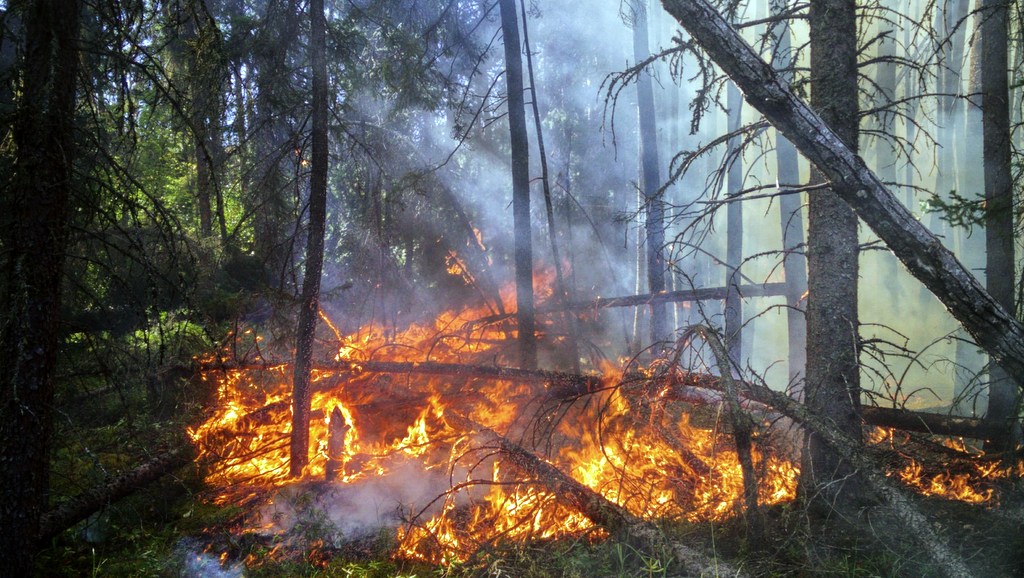Before we commence chatting about my favorite fern of all time, let’s get the nomenclature out of the way (nomenclature: a fancy, two-bit word for the name of the plant). We use a binomial system (binomial: a fancy two-bit word for two names) created by the Swedish naturalist and plant explorer Carolus von Linnaeus in the mid-1700s.
Nowadays, plant names change faster than the plants grow, and it’s always a heated topic for gardeners to complain about, even though most of the time there’s a logical, scientific reason, but that’s a topic for another column or ten.
I bring all this up today because this native West Virginia fern that I’ll be raving about has a storied history of name changes and synonyms—my favorite being the one I used in the title of this article Phegopteris hexagonoptera!!! What a delightful mouthful of syllables!
Start spitting out a plant name like this and your friends will think that you have a Ph.D. in horticulture. Other remarkable scientific names include, but are not limited to, Dryopteris hexagonoptera and Thelypteris hexagonoptera
The common name that I use is “Broad Beech Fern,” but it’s also known as “Southern Beech Fern” and just plain “Beech Fern,” among others. The first word in the name, the genus, comes from the Greek word Phegos, meaning beech, and Pteris, meaning fern, possibly because it was found to be growing among beech trees, DUH! The second word, the specific epithet, means six-angled wings. I still haven’t sorted that out yet.
Enough about the name. Do you see the image of the plant? That photo was taken in the heat of August toward the end of a six-week drought, and, still, the plant looks lush, doesn’t it? And even though this is a fern that you’ll find in nature to be growing in light to deep shade, this particular specimen is getting quite a bit of afternoon sun and growing in not-so-rich soil—another testament as to how easily adaptable it is to cultivate, as in nature, it favors humusy, acidic, medium-to-wet, well-drained soils.
Under optimum growing conditions, it spreads somewhat quickly by underground rhizomes, but don’t let that scare you from growing it. I grow it in a variety of situations, and it has never been overly aggressive. Also, it’s easy to pull up a rhizome if it starts growing in a direction that you don’t want it to fill. What a great gift for a fellow fern lover, and who doesn’t love ferns?
In all the years that I’ve been growing Phegopteris hexagonoptera, I’ve never seen any insects visit it and it appears to have no disease problems. Best of all, as with all ferns, the varmints pay it no mind. The plants in my garden average about 18 to 24 inches in height. Did I hear someone say "PERFECT"?
Visit and shop Sunshine Farm & Gardens and sign up for their newsletter.
Sign up to receive a FREE copy of West Virginia Explorer Magazine in your email weekly. Sign me up!


